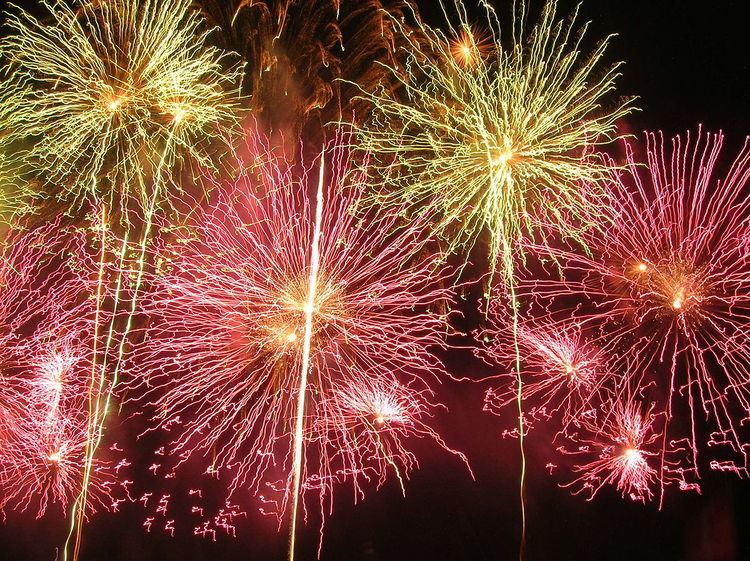 | ||
Feu d'artifice, Op. 4 (Fireworks, Russian: Фейерверк, Feyerverk) is an early composition by Igor Stravinsky, written in 1908. The work is an orchestral fantasy, and usually takes about five minutes to perform.
Contents
Composition
Stravinsky composed Feu d'artifice as a wedding present for Nikolai Rimsky-Korsakov's daughter Nadezhda and Maximilian Steinberg, who had married a few days before her father's death. Feu d'artifice helped develop Stravinsky's reputation as a composer, although it is not considered representative of his mature work. The work has some hints of bi-tonality but is for the most part similar in style to that of Rimsky-Korsakov who, at the time, was his teacher and mentor. It has the form of a scherzo but is still labeled "orchestral fantasy" because of its short length. Alexander Siloti conducted the premiere on 6 February 1909. Stravinsky got the commission from Serge Diaghilev to write The Firebird (1910) in part because Diaghilev heard this piece of music, and was impressed with its orchestration.
Orchestration
The work is scored for piccolo, 2 flutes, 2 oboes (2nd doubling cor anglais), 3 clarinets (3rd doubling bass clarinet), 2 bassoons, 6 horns, 3 trumpets, 3 trombones, tuba, timpani, cymbals, bass drum, triangle, glockenspiel, 2 harps, celesta, and strings.
Selected recorded versions
Notable recordings of the complete fantasy include:
